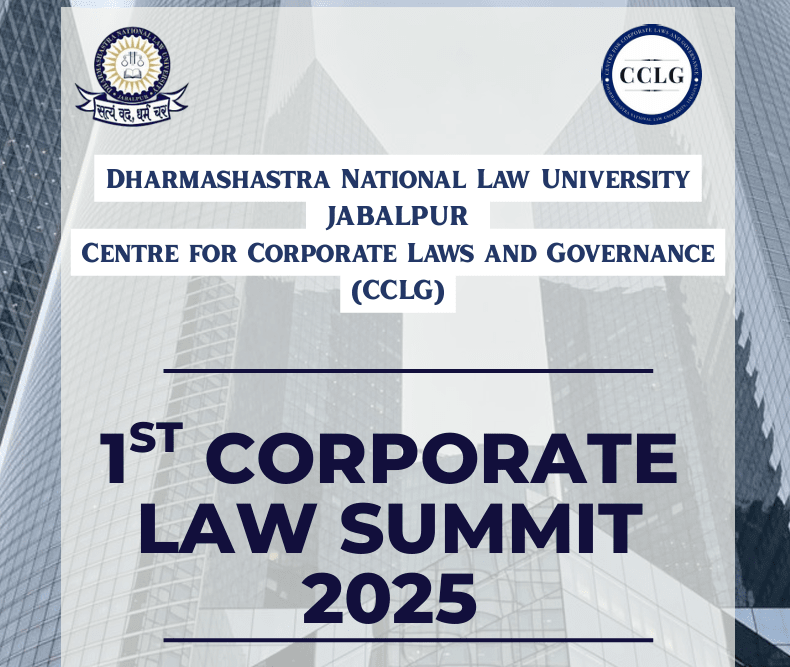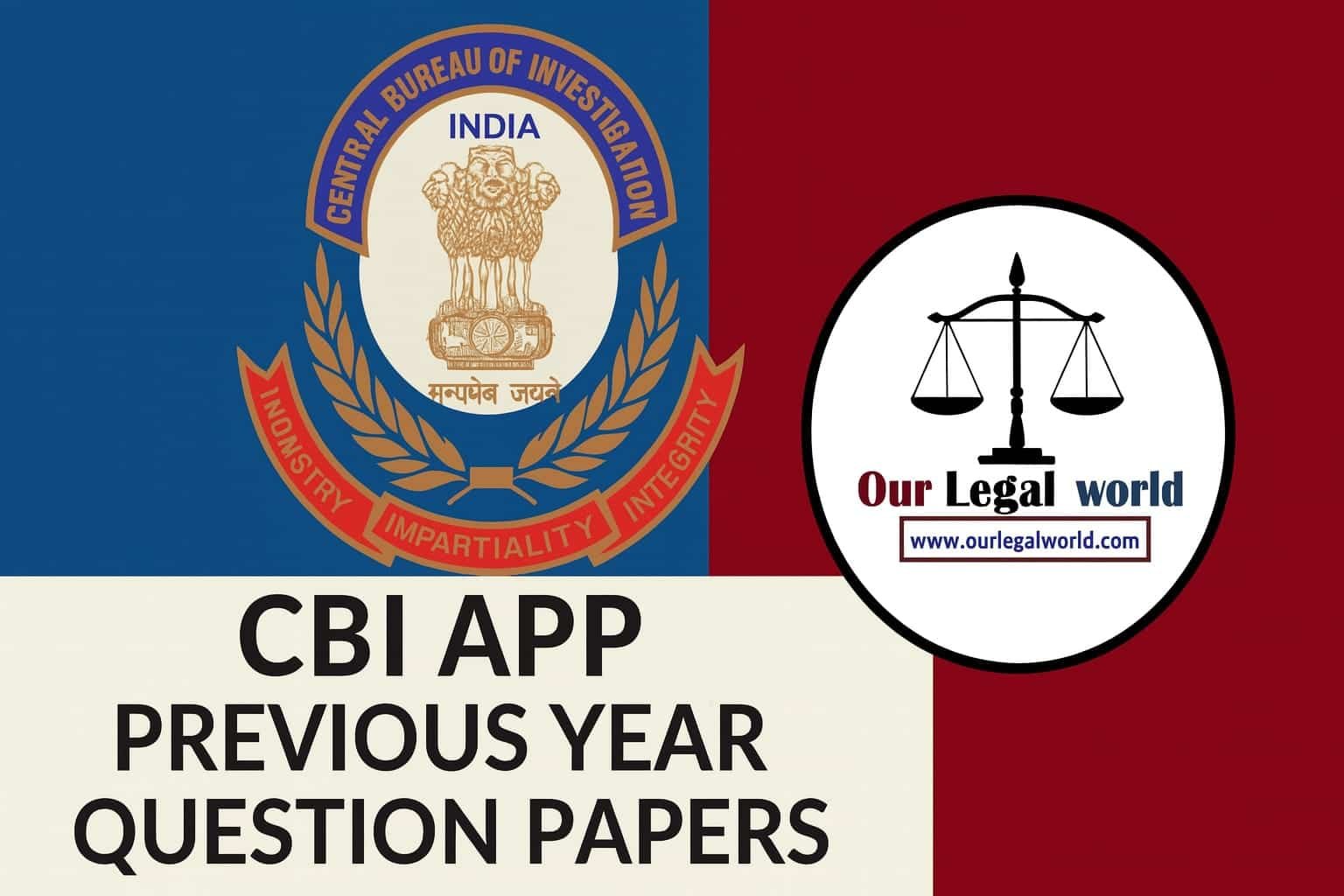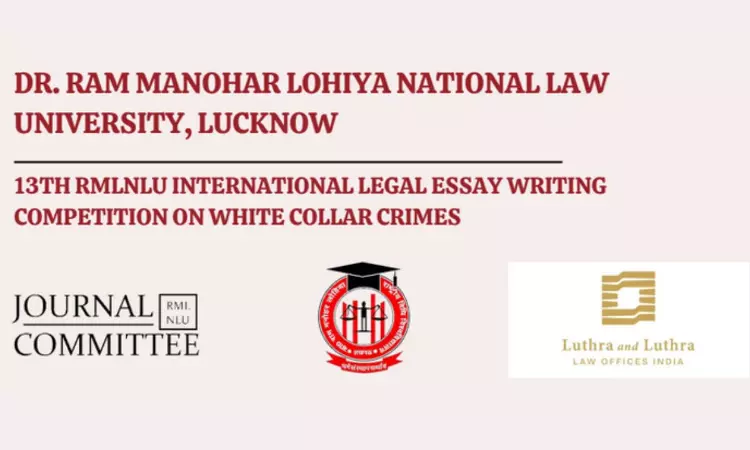Bandhua Mukti Morcha v. Union of India 1984
Introduction
A new approach has emerged in the form of Public Interest Litigation (PIL) where justice is provided to all citizens, especially to the poor and the disadvantageous section of the society. The Supreme Court has now considerably liberalized the rule of Locus Standi where a social worker or jurist can file a case before the court on behalf of the public or society who’s Constitutional, or legal rights are infringed.
Also Read: An Overview of Dacoity under the Indian Penal Code
The impression that inequities could be resolved through the legislative or administrative processes had given way to a belief that stopgap to legal action was the only mechanism through which rights could be upheld.
Thus, the initial agenda was to propose the social justice considerations of poverty and inequality into the court, whilst making legal institutions more attainable. Together with labour laws, the Bonded Labour System (Abolition) Act. 1976, provides legal protection and support for those labourers recognized as bonded labour under the Act.
However, it was not until social action groups started working for the release and rehabilitation of bonded labour.
Bandhua Mukti Morcha v. Union of India and Others
Equivalent citations: 1984 AIR 802, 1984 SCR (2) 67
Name of the Court: Supreme Court of India
Petitioner: Bandhua Mukti Morcha
Respondent: Union of India and Others
Date of Judgment: 16/12/1983
Bench Bhagwati, P.N. , Pathak, R.S. Sen, Amarendra Nath (J)
Statute
The legal principles or the law involved in this case are:
· Bonded Labour System Act, 1976.
· Mines Rules, 1955.
· Mines Vocational Training Rules, 1966.
· Maternity Benefit Act, 1961.
· Article 32 of the Indian Constitution.
Facts
- The petitioner Bandhua Mukti Morcha is an NGO which works for the socially and economically weaker section of the society. Inquiring into the matter related to the conditions of workers, they found that in some stone quarries in Faridabad the workmen were in an awful situation.
- The working conditions there were very unhygienic and unsuitable for these workers who had come from different parts of the country to work here. Labours were in a miserable condition, there was no drinking, and sanitation facilities.
- No compensation was provided in case of an accident during employment. They belong to different states due to which they had no proper home, they had to live in slum dwelling made of piled stones and straw.
- The petitioner wrote a letter to Justice Bhagwati regarding the workplace and working conditions of those workmen.
- This letter was taken as a writ petition under Article 32 of the constitution, and a commission was made to inquire about the allegations put forth by the petitioner. The commission proved the allegations to be right, and there was an infringement of the rights of the labourers.
Issues
- Whether the writ petition filed under Article 32 of the constitution is valid or not? Where is the rule of locus standi followed?
- Whether the fundamental right of the workers was violated or not?
- Whether the Supreme Court is empowered to appoint any commission or investigating body under Article 32 of the constitution or not. What are the limits of the commission?
- Whether the workmen mentioned in the case are bonded labourers or not? Why did these labourers call bonded labours?
- Whether workmen in the present case entitled to relief under various social labour legislation or not. What can be done to protect the poor or economically weaker sections from exploitation?
Arguments Advanced
Petitioner’s Contention
- The entire environment in the stone quarries was loaded with residue due to which it was difficult to inhale. Working conditions were very poor.
- The labourers were not permitted to leave the stone quarries and were given constrained work. Mostly labourers belonged to different states.
- There was no facility of pure water to drink and the workers were constrained to drink messy water. Also, there were no sanitation facilities for labourers.
- The workers were not having a safe house in any case, they were living in jhuggies which was excessively low to stand.
- A portion of the workers was suffering from constant illnesses and there were no offices for medicinal treatment or tutoring.
Respondent’s Contention
- In the present case, the writ petition is not maintainable under Article 32 of the Constitution. As petitioner is not an aggrieved party. So even if the allegations made by the Petitioner are true, it still cannot support a writ petition under Article 32.
- The Supreme Court has no power to appoint Commissioner. Reports submitted by Commissioners are based only upon ex parte statements which are not cross-examined reports, therefore, have no evidentiary value.
- The grounds on which it is declared that labours are bonded labour not sufficient to merely show that the labourers were providing forced labour and they were not being allowed to leave the premises of the establishment until the advances were paid off.
- The workmen employed in the stone quarries and stone crushers joined the services voluntarily, so they did not come under the definition of the term ‘Inter-state Migrant Workmen’.[1]
Judgment
The main judgment was given by Justice Bhagwati, with acquiescing judgments by Justice R S Pathak and Justice A N Sen.
- Regarding the issue of maintainability of the writ petition in the present matter; the Court first looked into the issue of locus standi. The rule of locus standi was that the person only whose fundamental rights are infringed can approach the court. However, in the Judges Appointment and Transfer Case[2], the Supreme Court enunciated that if poor disable or socially or economically disadvantaged person or group of persons to whom the legal injury is caused because of a violation of the fundamental right is unable to approach the court for judicial scrutiny, then any other person with bona fide intention can move the Court on behalf of former under Article 32 or Article 226 of the Constitution.
- While interpreting Article 32, the approach of the Court must be guided by the cardinal object and meticulous purpose for which this article has been enacted as a fundamental right
- The court stated that it is an obligation on the government to check into the matter of deprived and vulnerable sections of the community. Instead of remonstrance they should take this issue as a challenge and shall ensure that no person is deprived of his basic human rights.
- The Central and the State Governments were asked to introduce social welfare schemes and laws for the welfare of labours, so that, exploitation can be reduced.
- The Court further stated Article 21, includes the right to live with human dignity; free from exploitation. The right to live with human dignity derives its fountainhead from the Directive Principles of State Policy, Article 39 (e), Article 39 (f), Article 41 and Article 42. It means that the state has a constitutional obligation on the state to check if workers are not deprived of just and humane working conditions[3].
- Though Forced labour is forbidden by Article 23 of the Constitution in this case workmen are kept in wrongful and illegal detention and employed as forced labour. Amarendra Nath Sen, J. adjudicated the pertinency of the Inter-State Migrant Workmen (Regulation of Employment and Conditions of Service) Act, 1979 Act. as facts and circumstances of the case seemed to be violative of that act.
- It becomes impossible for the poor and the disadvantaged and also a citizen acting Pro Bono public to produce relevant material facts before the court because of which court has to appoint commissions to examine witnesses, makes legal investigations gathering the relevant data regarding the complaint.
- The power of commission is limited it cannot conduct an inquiry. “Nothing shall be deemed to limit or otherwise affect the inherent powers of the Court to make such orders as may be necessary for the ends of justice.” [4]
- If any matter is raised in the court regarding the issue of bonded labour the court will automatically assume that labour is forced to do so because of economic consideration is taken by him in the form of debt or advance.
- This presumption may be withstood if the employer or the State government produces satisfactory the material before the court that the labourer is a bonded labourer denominated to the benefit of the provisions of the Bonded Labour System (Abolition) Act, 1976.
- The State Government is permitted to repudiate its obligation to identify, release and rehabilitate the bonded labourers if in an appropriate legal proceeding concluded that they are bonded labourers. Article 32 speaks about “appropriate proceedings”, so a petitioner maybe anyone recognized by law and proceeding should appropriately lead to an adjudication of the claim made for the proper implementation of a fundamental right.
Directions given by The Supreme Court
The Supreme Court found the petition true, and therefore, gave directions to the Haryana government, the Central Government and other administrative authorities as follows:
- The government of Haryana within 6 weeks of the judgment shall constitute a vigilance committee in each division of district to ensure compliance under Section 13 of the Bonded Labour Act, 1976.
- The government of Haryana had to appoint a district magistrate to identify the bonded labour as per the law.
- The Government of Haryana was asked to instruct the District Magistrates to inquire about the identification of bonded labour, who mostly found in stone quarries and brick kilns and release of bonded labour. They were advised to hold labour camps to educate such labourers and to bring awareness related to the rights available to them by social welfare, and labour laws with the help of the National Labour Institute.
- The State Government had to take the assistance of non-political social action groups and voluntary agencies for ensuring accomplishment of the Bonded Labour System (Abolition) Act, 1976. The Government of Haryana had to draw up a scheme or programs for the rehabilitation of the free bonded labourers within a period of three months from the date of judgment.
- The Central Government and the Haryana Government were asked to take all necessary steps for ensuring that minimum wages are paid to the workmen (in hand) employed in stone quarries and stone crushers within six weeks of the judgment. Periodic checks would be carried out to ensure the same.
- If payment of wages made on truck basis, the Central government had to direct the appropriate officer to determine the measurement of each truck so that appropriate wage is received by the workmen, and they are not exploited.
- Appropriate officers of the Central Enforcement Machinery were asked to inspect at least once a week to ensure that the trucks are loaded according to the true, measurement capacity and necessary action shall be initiated against the defaulters.
- A dust sucking machine or other techniques are to be used by stone crusher owners, so that, air can become clean and workers could get better workplace. The central government must keep a check on this matter.
- State government needs to check if at least two litres of pure water is supplied to every workman. Proper medical and hygiene facilities are to be provided by Section 20 of the Mines Act 1952 and Rules 33 to 36 of the Mines Rules, 1955, Section 21 of the Mines Act 1952 and Rules 40 to 45-A of the Mines Rules 1955.
- State or central government had to ensure that every workman who is required to carry out blasting with explosives is trained under the Mines Vocational Training Rules, 1966. Mine lessees and owners of stone crushers have to provide proper and adequate medical treatments to the workmen, and their families free of cost.
- If the workman gets injured or contracts any disease in the course of his employment, the concerned mine lessees or owners of stone crushers have to immediately report this matter to the Chief Inspector or the Inspecting Officer of the Central or State Governments, so that legal assistance can be given to the workmen, and he could file a claim for compensation before the appropriate Court or authority.
If the Central Government and the Haryana Government fail to ensure the performance of the obligations set out in Clauses 11, 13, 14 and 15 by the mine lessees and stone crusher owners within the prescribed period such obligations shall be carried out by the Central Government and the State Government.
- The Supreme Court appointed Mr Laxmi Dhar Misra, Joint Secretary in the Ministry of Labour, Government of India as a Commissioner to visit the stone quarries and stone crushers in Faridabad district and to inquire from the labourers about the working conditions and if they like to continue to work in the stone quarry, or they want to leave. District Magistrate shall make necessary arrangements for releasing labours who want to leave the stone quarry.
Case Comment
Until the economic condition of the poorest of the poor dramatically improves India cannot become a truly developed country. In this case, honourable judges have made many provisions for the upliftment of the labour class but even after the formation of committees could not be properly implemented because most of the labours are oblivious about their rights.
Proper accomplishment can be done through Effective Awareness Campaign. The government plays an important role in uplifting the underprivileged sections of the society, so Welfare Schemes should be introduced where uprooted bonded labour can be protected from the exploitation and also by providing some facilities to the family of labour like making providing crutches for their children at low cost could improve their efficiency.
In this case, children were also forced to work as bonded labour due to which their right to life and education was affected. We cannot completely abolish child labour due to economic problems faced by their families So government should make special working areas for those children where along with studies they can do some work for a particular time frame for which wages are given to them so that they could help their family financially.
The factories or industries can’t give extra wages to the workers. So they should adopt monetary or non-monetary motivation techniques so that productivity can increase.
The Courts have had to reject petitions on the grounds of mala fides.
In this main judgment in public interest litigation for bonded labourers, the Court analyzed the Act without the punishments for crimes committed concerning bonded labour.
Not only landlords but the administrators and the legislators also violate the laws.
Before reaching the court the bonded labours are threatened and are stopped by their landlords thus exploiting their human rights. This can be stopped only by conducting secret inspections by a committee appointed by the court to do so.
This case brought so many changes in laws and many acts were enacted but somewhere in the country labours are still violated and the government can’t reach every small district or village so labours need to raise voice for their rights.
Biblography
1.Dr J.N. Pandey, Constitutional law of India, 55th edition, Central Law Agency, 2018, 401.
2. https://indiankanoon.org/doc/595099/.
3. https://www.casemine.com/judgement/in/5609ac0fe4b014971140dea7.
[1] The Inter-State Migrant Workmen (Regulation of Employment and Conditions of Service) Act, 1979
[2]S.P. Gupta v. Union of India and Ors AIR 1982 SC 149.
[3] Frances Coralie Mullin v. W. C. Khambra & Ors AIR 1980 SC 849.
[4] Rule 6 of Order XLVII of the Supreme Court Rules 1966.









